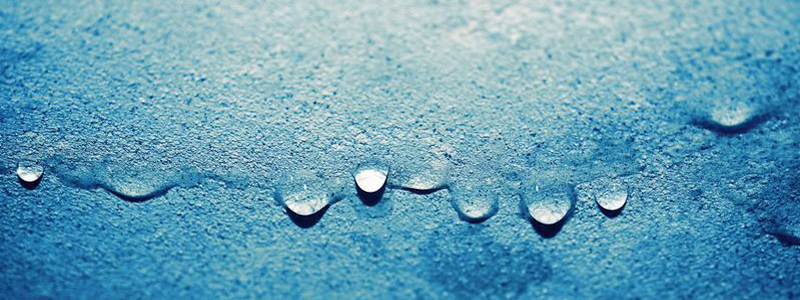9% of Scottish homes suffering from damp, just not acceptable
Standing still on damp is not good enough for Scotland’s homes” BRS Director hits out at Scottish House Condition Survey Report
Scotland should not be patting itself on the back for keeping the levels of damp in homes the same as it was last year. That’s the opinion of Michael McKiernan, director of home IoT (Internet of Things) sensor company BRS Technology.
The latest Scottish House Survey Condition Report shows:
- Condensation was observed in 7.7% of the surveyed stock (equivalent to around 192,000 dwellings)
- 2.0% of the housing stock (around 49,000 dwellings) suffered from some degree of penetrating damp
- There were a very small number of properties with rising damp in the survey sample, suggesting that their share in the housing stock is less than 1%
- In 0.7% of dwellings (18,000) both condensation and some form of damp were recorded. This level has not changed significantly in the previous eight years.
One-fifth of Scottish people are suffering
Michael McKiernan said: “While the report acknowledges that 91% of homes were free from either damp or condensation, there’s 9% – more than 200,000 homes – that are having issues and the impact of condensation and damp on health is well known.
“Even if only one person lived in each of those homes, that would be 200,000 people – just under five per cent of the population of Scotland – affected.”
BRS, based in Glasgow but operating across the UK, uses innovative tools, software, machine learning and AI to improve indoor air quality in social housing, private homes and offices across the UK.
The sensors – which detect air quality. humidity and dampness issues amongst other items – work across the Internet of Things (IoT) sending information to the BRS data management system.
McKiernan added: “It’s not enough to present the fact that the numbers haven’t changed significantly year on year or point out that figures have improved since 2012 – treating damp and condensation is an issue that we should be trying to reduce year on year. Keeping the numbers static isn’t good enough for the people who live in those homes.
“And while some people may point out that it’s been a tough year for work to be carried out and that funding is an issue, I would argue that it’s precisely because of this year we need to try harder. People are being asked to be in their homes for longer and longer – most of Scotland will be indoors until spring/summer and widespread availability of vaccines – so we should be doing more to make sure the homes are as healthy as can be.”







Leave a Reply
Want to join the discussion?Feel free to contribute!